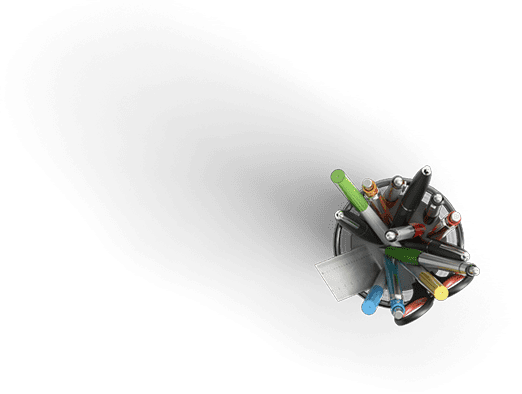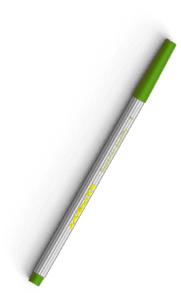Summary and Thank you Letter
Description
Face-to-Face: Meet in person with a state or federal legislator or the legislatoràassistant/aide. The student may have to meet with the legislatoràassistant (especially if federal legislator) which is acceptable. Making an appointment might be time consuming (especially if federal legislator), so you will need to begin the appointment process early in course. Students in the same legislative district may go together.
via Teams meeting
1. Once you have completed the visit, each student will write a summary (one-page) and thank-you note (even when the visit is conducted with other students).
2. Summary may include: Was legislator/assistant: — knowledgeable about APN role and topic or at least willing to become informed? Was he or she willing to express support or opposition? Was he or she cordial or merely civil, helpful or confrontational, or informative about the political process? YES
Deborah Spann, MSN, RN-BC, CEN, FAEN
Employer – Louisiana Emergency Response Network (LERN)
Role ri-Regional Coordinator (during COVID-19 pandemic)
Role irector of Statewide Education (present)
About the speaker/interviewee
Ms. Spann began her healthcare career as an EMT then becoming a Paramedic in the early 1990s. She received her Associate of Science in Nursing from Louisiana Tech University in 1997 where she began practice as an emergency nurse at a small rural hospital in northern Louisiana.
Ms. Spann became the ED director in 2003 where she continued until being called to serve on a statewide level at LERN in 2009. Ms. Spann continued her true love of education by teaching throughout Louisiana at many different levels including small classes of nurses, physicians, and paramedics through large venues at state and national association symposiums. Ms. Spann became a clinical adjunct faculty for Louisiana Tech Universityànursing program in 2020.
Ms. Spann has presented sixteen podium presentations throughout the country and has been published nationally seven times during her career.
Ms. Spann is an active member of the nursing community at the local, state, and national level through the Emergency Nurses Association, American Nurses Association, Louisiana State Nurses Association as well as a Facility of the Academy of Emergency Nurses.
Our topic was about Covid 19
Here are some of our questions and her answers
Heather
1. What was the policy for crisis standards of care? ENA issued a topic brief on crisis standards of care several years ago. ANA updated for Covid 19 and issued brief entitled Crisis Standard of Care Covid-19 Pandemic.
2. What was your organizationàplan prior to COVID, during COVID, and now in reflection? ENA has a solid track record of being prepared for the worst. I do not see organizational change in policy for clinical standards; however, communication and work of the organization was handled much differently during the crisis and is only now getting settled into a new normal.
Valencia
3. What strategies were used to implement or update changes to the policies surrounding Covid 19? I.e., virtual testimonies, social media, emails and or virtual campaigns. My personal opinion was that most of what was shared via social media was not to be trusted. I leaned heavily on local resource experts and our state department of health to get information that was evidence based and to at least some extent reliable.
4. Who were the key stakeholders involved with the policy updates/changes surrounding Covid 19? Our executive committee worked in lock step with the state nurses association and legislators. The biggest opponent was the hospital association
5. Who was most affected by policy changes? Front line clinicians and the patient population
6. Who can affect change including local groups and organizations involved?
Bianca
7. What were the difficulties in combating the Covid 19? Staffing and supplies.
8. How can we improve our preparedness for a future pandemic? A lesson from Covid 19 – involve frontline clinicians and respect their input
9. From the beginning to the present, Covid 19 policy change and development? From the emergency nurses world we saw many policies placed in a quick, knee-jerk manner. The most impactful was the policy of limiting/restricting foot traffic in the building. This policy is very protective of the clinicians and consumers and should have remained in place.
Jason
10. How did the COVID-19 restrictions hinder your job function? Face to Face meetings curtailed, so many of our educational offerings
11. What other changes do you think could have been implemented? The state stopped allowing Zoom public meetings for us, which is not bright. Since our network participants come from all over the state, we need the efficiency of allowing technology to accommodate face to face interaction.
Ronald
12. As a Frontline nurse ( COVID-19) for the past two years, the effect it had on nurses, what policy /rehab has the state organization implemented for the nursing staff post COVID? There are several interesting efforts underway to increase available nurses, including a pilot project that allows anyone with a BS to do a one year nursing program. Results not yet available.
13. Post COVID-19, what takeaway has Louisiana, if not the nation learned from this pandemic? We are in no way ready to respond systematically and efficiently when attacked with biological warfare.
14. Remdesivir was an investigational drug use during COVID-19, which was very helpful, what is your view as using this medication that helped saved many lives (results were positive and seen within 24 hours of administration)? It worked, and it worked quickly. The issue was getting it to the right patients in the right time.

Have a similar assignment? "Place an order for your assignment and have exceptional work written by our team of experts, guaranteeing you A results."








